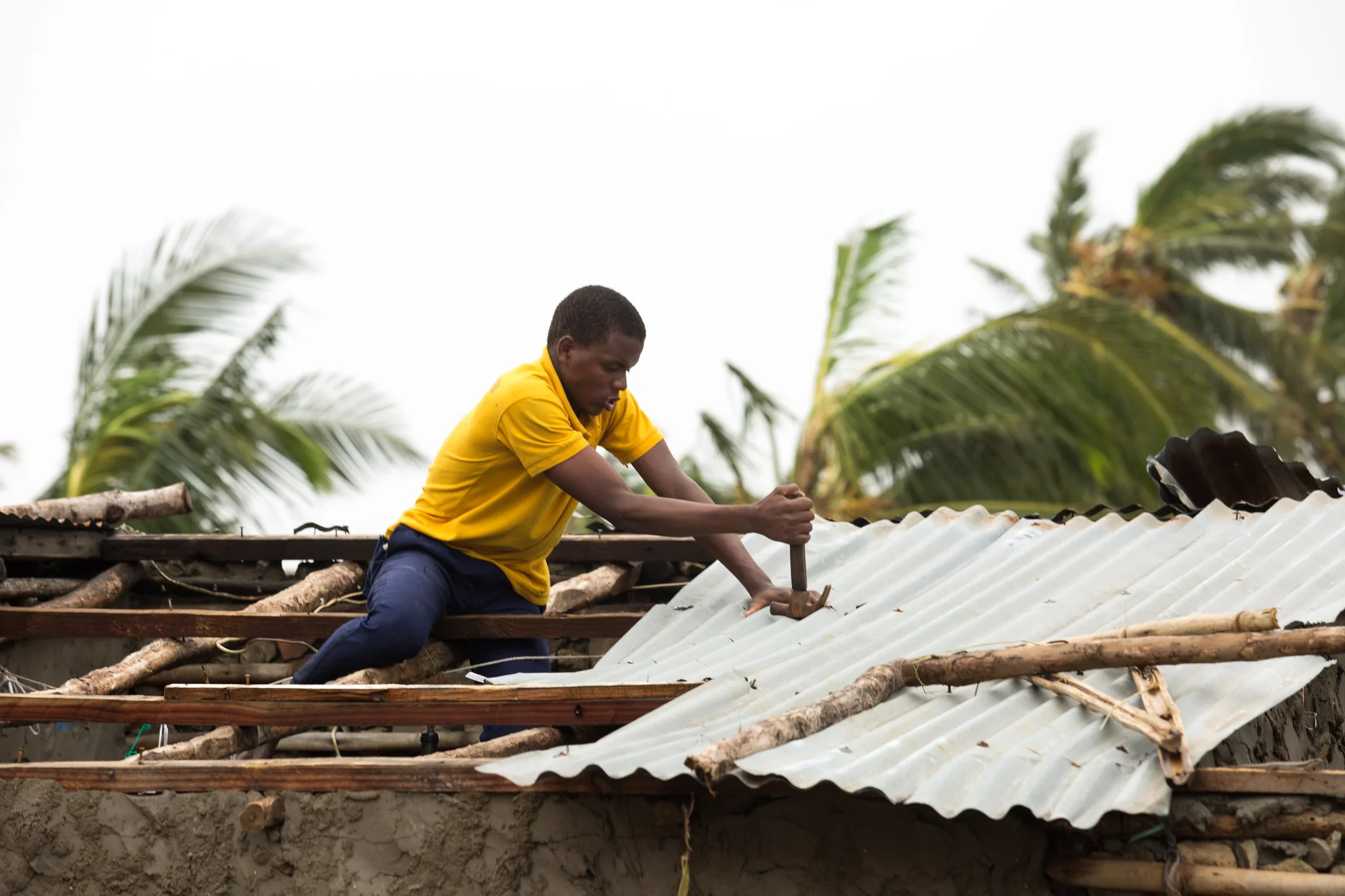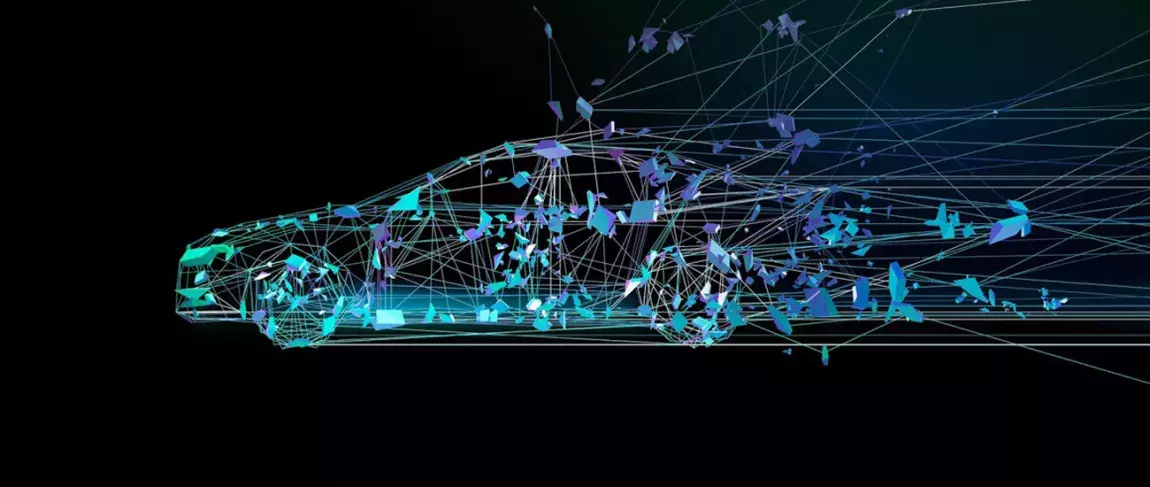Rebuilding Disaster-stricken Areas: How Blockchain can Enhance Aid Distribution
In the wake of natural disasters, communities are often left devastated, with their inhabitants grappling to rebuild their lives from the ruins. During these critical moments, aid distribution becomes a pivotal exercise, necessitating a seamless, transparent, and efficient system to ensure that help reaches those who need it the most. As we venture into innovative technological landscapes, blockchain technology emerges as a formidable tool in enhancing aid distribution in disaster-stricken areas. In this blog post, we delve into the potentials of blockchain in streamlining and securing aid distribution during post-disaster rebuilding efforts.
The Challenges of Traditional Aid Distribution
Traditionally, aid distribution has been mired with a series of challenges ranging from bureaucratic delays to misappropriation of resources. Ineffective tracking systems and corruption further exacerbate the woes, often causing significant delays and sometimes even failure in aid reaching the deserving recipients. This calls for an overhaul of the existing systems, introducing mechanisms that are more transparent, secure, and efficient.
Blockchain: The New Frontier in Aid Distribution
Blockchain, with its decentralized, transparent, and immutable nature, offers a promising solution to the age-old problems plaguing aid distribution. Here’s how:
1. Ensuring Transparency and Accountability
Blockchain’s open ledger system allows for a transparent record of transactions. This means that every transaction related to aid distribution, from donation to final delivery, is recorded and can be tracked in real-time. This transparency significantly reduces the chances of corruption and misappropriation.
2. Speeding up the Distribution Process
Blockchain facilitates faster transactions by eliminating the need for intermediaries. This can significantly speed up the distribution process, ensuring that aid reaches the affected communities promptly, thus saving precious time during critical moments.
3. Smart Contracts for Efficient Resource Allocation
The integration of smart contracts can automate various aspects of the distribution process. For instance, smart contracts can be programmed to release funds or resources automatically upon the verification of certain conditions, making the distribution process more efficient and responsive.
4. Enhancing Donor Trust
By offering transparency and reducing the chances of fraud, blockchain can help in enhancing donor trust. Donors can track how their contributions are being utilized, fostering a sense of trust and encouraging more people to contribute towards aid efforts.
5. Securing Sensitive Data
Blockchain’s secure and encrypted structure ensures that sensitive data, including the personal information of beneficiaries, is protected from unauthorized access and potential misuse.
Case Studies: Blockchain in Action
Several initiatives around the globe have begun employing blockchain technology in their aid distribution efforts. For instance, the World Food Programme (WFP) utilized blockchain technology for their “Building Blocks” project, aiming to improve the delivery of cash-based transfers to beneficiaries in Pakistan, thus showcasing the tangible benefits of blockchain in aid distribution.
The Road Ahead: Future Prospects and Challenges
While blockchain holds significant promise, it is not without challenges. Issues such as scalability, the digital divide, and regulatory barriers need to be addressed to unlock the full potential of blockchain in aid distribution.
Conclusion
As we stand at the cusp of a new era in technological innovation, the integration of blockchain in aid distribution presents a golden opportunity to revamp the existing systems, making them more transparent, efficient, and secure. By fostering a more accountable and responsive aid distribution mechanism, blockchain has the potential to play a pivotal role in rebuilding disaster-stricken areas, ensuring that help reaches those who need it the most, in a timely and efficient manner.
As we forge ahead, it is crucial that stakeholders collaborate to explore and harness the transformative potential of blockchain in aid distribution, paving the way for a future where rebuilding efforts are swift, seamless, and secure.



